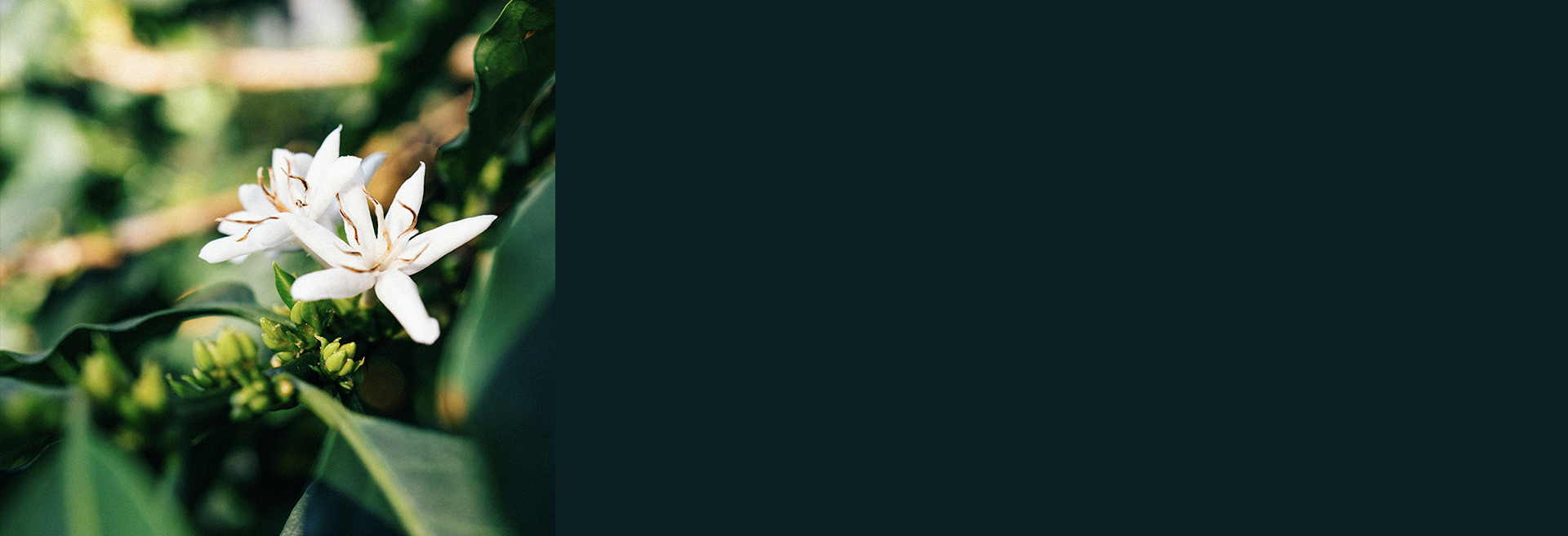FREE EU SHIPPING ON 4 BAGS
Colombia
Manantiales del Frontino - Colombia
250g
QUALITY SCORE: 88.00
Cup Notes
Red Apple / Mandarin / Honey / Brown Sugar
Suggested for espresso and filter
when we roast
We freshly roast to order all coffees on Monday, Wednesday and Friday (excluding national holidays), and ship the same day! Cut-off time is 11:59pm (UTC+1) of the day before the roast day. *We only ship whole beans*
Details
- Producer
- Andres Londoño
- Country
- Colombia
- Terroir
- Valle del Cauca
- Altitude
- 1700-1800 mt
- Process
- Classic Washed - Raised Beds
- Arabica cultivar
- Red Bourbon
- Picked in
- May 2018
- Arrived in
- October 2018
- Shipped in
- Jute + GrainPro
- Roast profile by
- Rubens Gardelli
- Roasted on
- Customised solid-drum roaster
THE STORY BEHIND
Colombia's Manantiales del Frontino is a 170-hectares estate in Caicedonia, Valle de Cauca, and one of the country's most prestigious coffee enterprises.
The farm has more than 10 varieties of coffee in different altitudes between 1500 and 2000 masl, planted along with native forests and pure meltwater from the central mountain range (Cordillera Central), which potentiates the best attributes of each variety to achieve cups and outstanding mixtures.
Owner Andres Felipe Londoño and his team have pushed the quality envelope far with thoughtful planting and development of varietals like Geisha, Red and Yellow Bourbon, Castillo and Colombia. In 2011 their Geisha was named “coffee of the year” at the SCAA conference and in 2012 gained recognition by the Rainforest Alliance for superior environmental stewardship.
For having the Rainforest Alliance, the farm must be diverse and that is why you can find platano trees, avocados, and a big part in native trees, preserved by local authorities.
Our Red Bourbon lot comes from a sector of the farm at about 1700-1800 meters abutting pine plantations. The soil and microclimate attributes make for characteristic lively acidity, with notes of red apple and mandarin, plus nice sweetness and overall body.
THE VARIETY
Bourbon is one of the most culturally and genetically important C. arabica varieties in the world, known for excellent quality in the cup at the highest altitudes.
It is one of the two main cultivars from which new cultivars are bred, the other being typical. Historical records indicate that Bourbon was taken from the coffee forests of Southwestern Ethiopia to Yemen, where it were cultivated as a crop; recent genetic studies have confirmed this.
Bourbon coffee was first produced in Réunion, which was known as Bourbon island before 1789. It was later taken by the French to mainland Africa and to Latin America.
Bourbon grows best at heights between 1,100 and 2,000 meters and gives a 20-30% higher yield than Typica. It has a commercially viable level of yield potential and growth habit but is generally susceptible to disease and pests.
THE FERMENTATION PROCESS
Washed coffees focus solely on the bean. They let you taste you what’s on the inside, not the outside. Washed coffees depend almost 100% on the bean having absorbed enough natural sugars and nutrients during its growing cycle. This means the varietal, soil, weather, ripeness, fermentation, washing, and drying are absolutely key.
Washed coffees reflect both the science of growing the perfect coffee bean and the fact that farmers are an integral part of crafting the taste of a coffee bean. When looking at washed coffees, it becomes apparent that the country of origin and environmental conditions play a vital role in adding to the flavour.
During wet processing, the pulp (i.e.the exocarp and a part of the mesocarp) is removed mechanically. The remaining mesocarp, called mucilage, sticks to the parchment and is also removed before drying. During this process, the sugars present in the mucilage are removed through natural fermentation or mechanical scrubbing. Mucilage is insoluble in water and clings to parchment too strongly to be removed by simple washing. Mucilage can be removed by fermentation followed by washing or by strong friction in machines called mucilage removers. Fermentation can be done by stacking the coffee outside or placing them under water and allowing nature to take its course. After the sugars are removed, the beans then can be taken through a secondary washing to remove any additional debris, or taken immediately to the beds for drying.



